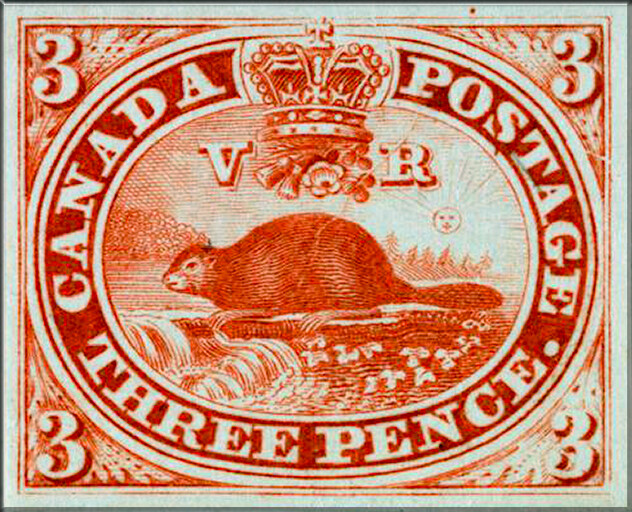Amisk: means beaver in Cree
The beaver is a critically important part of Canada's history, without it Europe may never have expanded to our territory.
In “Once They Were Hats,” Frances Backhouse explores humanity’s 15, 000 year relationship with the beaver as well as it’s unique influence on Canada’s landscape and history.
If you ask Backhouse, she’ll tell you she’s proud to call the beaver Canada’s national animal. “It’s not just some charismatic or glamorous species like a lot of national animals,” she says. “The beaver does so much for us and is so integral to the country on a historical and ecological level.”
- There is a great article by CBC: Canada's Symbol

